Build Your Dream Biology Laboratory
Welcome to our dedicated Biology Laboratory page, In your dream laboratory, education and innovation go hand in hand. Here, students and professionals alike can push the boundaries of knowledge, turning theoretical concepts into practical applications. Together, let’s make Biology not just a subject, but a vibrant community of discovery. Build your dream Biology laboratory and unlock the secrets of the universe!
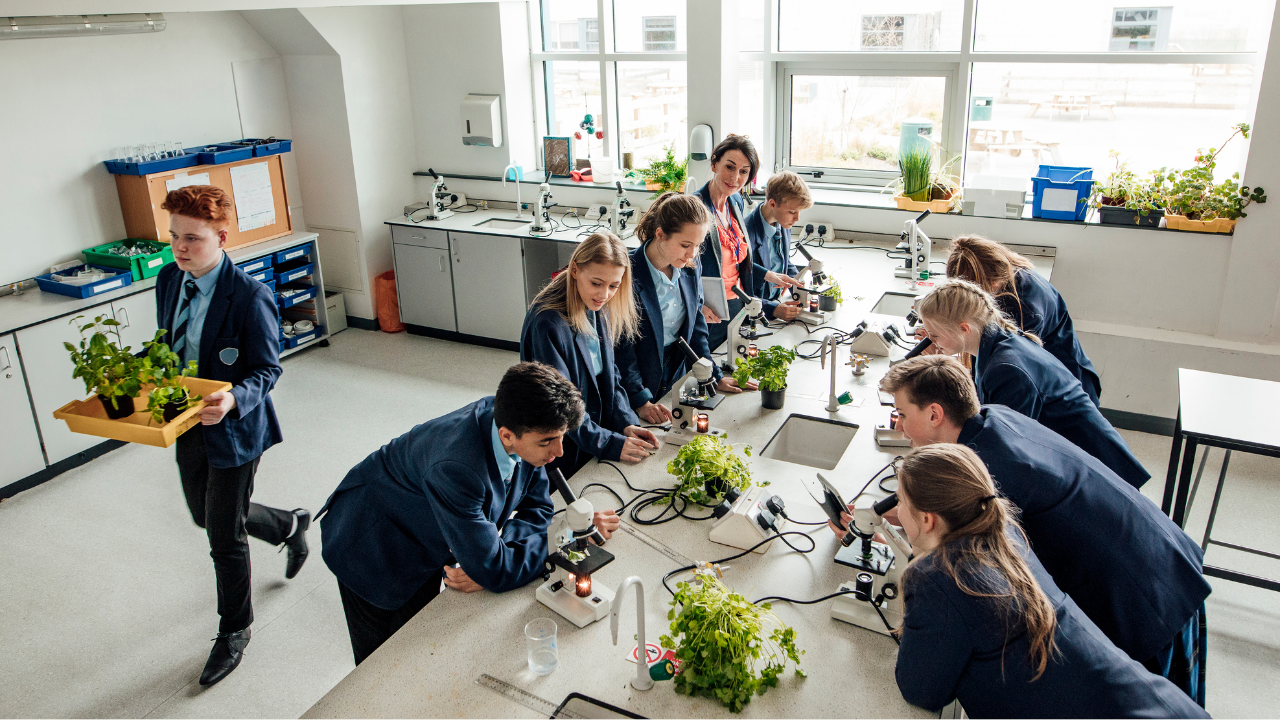

Shop Now!
"Browse our collection and find everything you need to set up your Biology laboratory. With our top-notch equipment, you’ll be ready to transform theory into real-life practical in no time!"
Court Dimensions
A standard basketball court is rectangular, measuring 94 feet long by 50 feet wide for professional play. However, if space is limited, a half-court setup is a great option, measuring 47 feet long by 50 feet wide. Here’s a breakdown of key features and dimensions: Three-Point Line: The distance varies based on the level of play: NBA: 23.75 feet (22 feet in the corners) NCAA: 22.15 feet High School: 19.75 feet Free Throw Line: Positioned 15 feet from the backboard. Key Area (Paint): Measures 16 feet wide and extends 19 feet from the baseline. Basket Height: The hoop is set at 10 feet above the playing surface.
Constructing Your Biology Laboratory
Biology Laboratory Construction and Setup Overview
1. Project Planning and Design
Objective: To create a comprehensive biology laboratory that facilitates experimentation, research, and hands-on learning in biological sciences.
Design Considerations:
- Allocation of specific areas for various biological disciplines (e.g., microbiology, genetics, ecology).
- Compliance with safety regulations and industry standards.
- Efficient workflow and accessibility for both personnel and equipment.
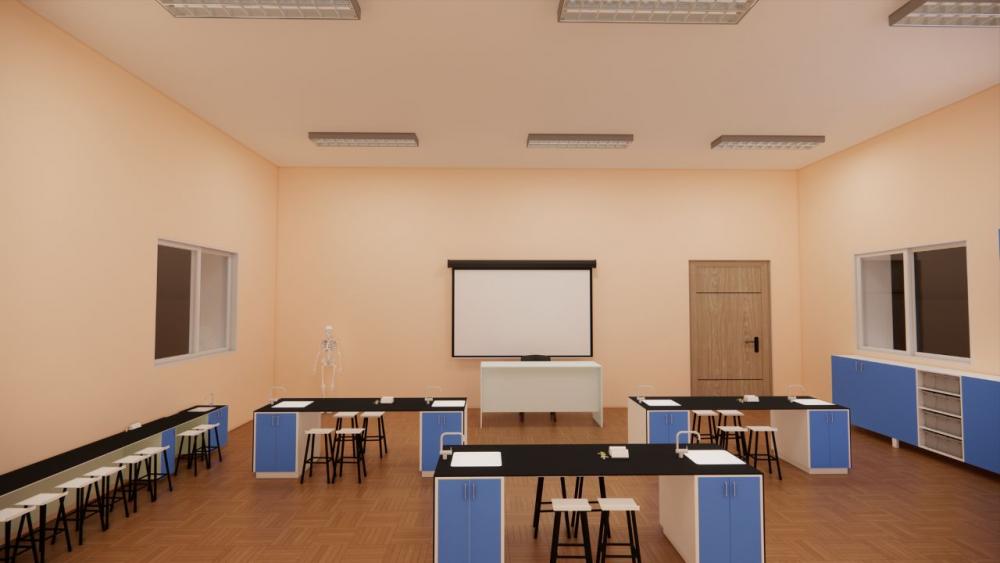
2. Civil Work
Site Preparation:
- Clearing and Excavation: Removal of existing structures and debris, leveling the site for foundation work.
- Foundation Construction: Pouring concrete footings to support laboratory equipment and ensure structural integrity.
Structural Work:
- Walls and Flooring: Constructing durable, chemical-resistant walls and installing flooring that is easy to clean and non-slip.
- Ceiling Installation: Ensuring adequate height for overhead equipment and proper lighting.
Utilities Installation:
- Electrical Systems: Installing adequate outlets and circuits to power laboratory equipment, including incubators and microscopes.
- Plumbing: Setting up sinks, eyewash stations, and emergency showers, with proper drainage for waste disposal.
- HVAC Systems: Implementing ventilation and climate control systems to maintain optimal conditions for biological work.
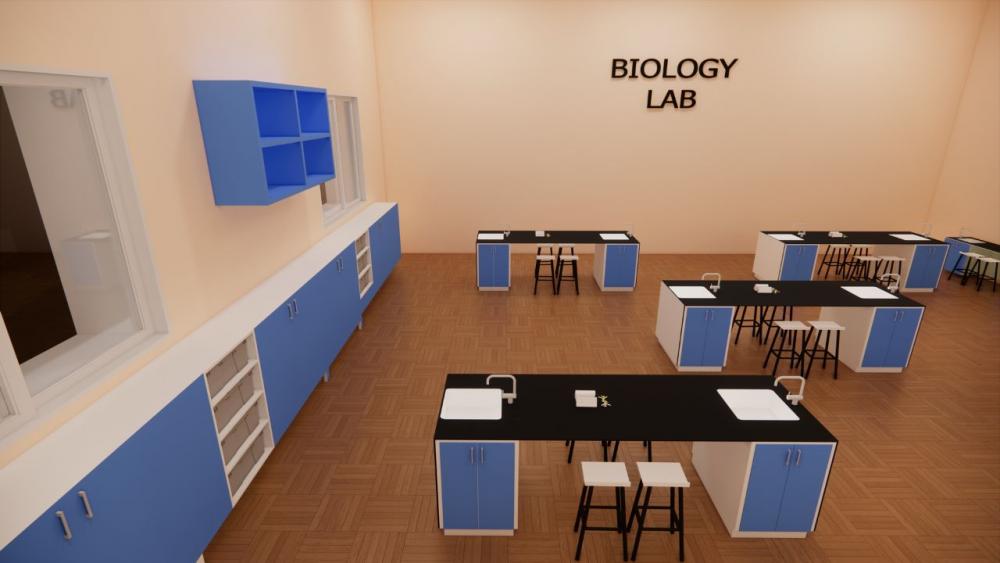
3. Laboratory Layout and Design
Floor Plan Development:
- Designating areas for various lab activities, including wet labs, tissue culture rooms, and storage spaces.
- Creating clear pathways for safe movement around workstations.
Safety Features:
- Installing biosafety cabinets for handling biohazardous materials and ensuring proper ventilation.
- Providing emergency equipment (e.g., fire extinguishers, first aid kits) in accessible locations.
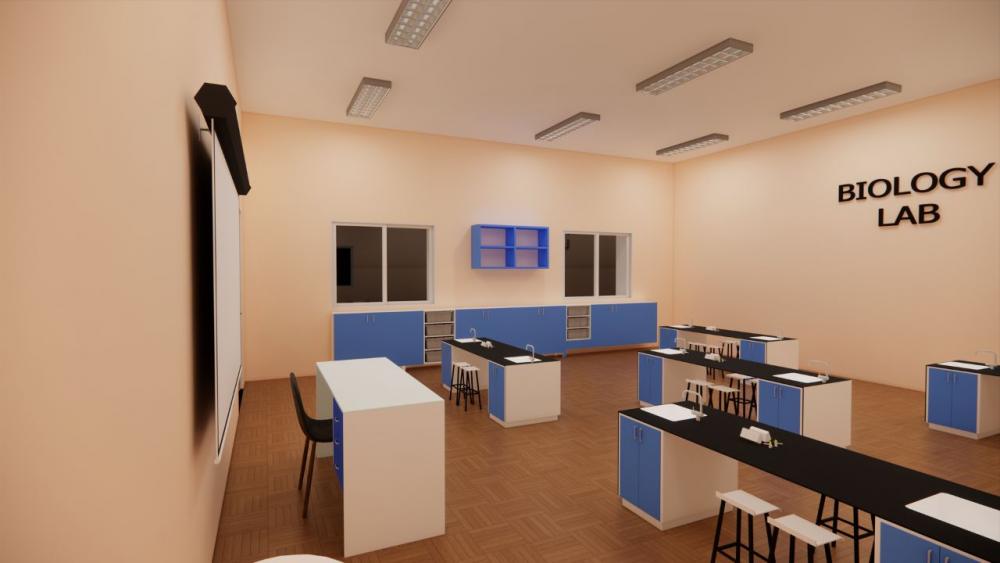
4. Setup of Lab Instruments
Equipment Selection:
- Identifying and procuring essential laboratory equipment (e.g., microscopes, centrifuges, incubators).
- Ensuring all equipment is compatible with the laboratory’s electrical and plumbing systems.
Installation:
- Properly calibrating all instruments according to manufacturer specifications.
- Setting up workstations with easy access to utilities and necessary supplies.
Testing:
- Conducting thorough testing to verify functionality and accuracy of all equipment.
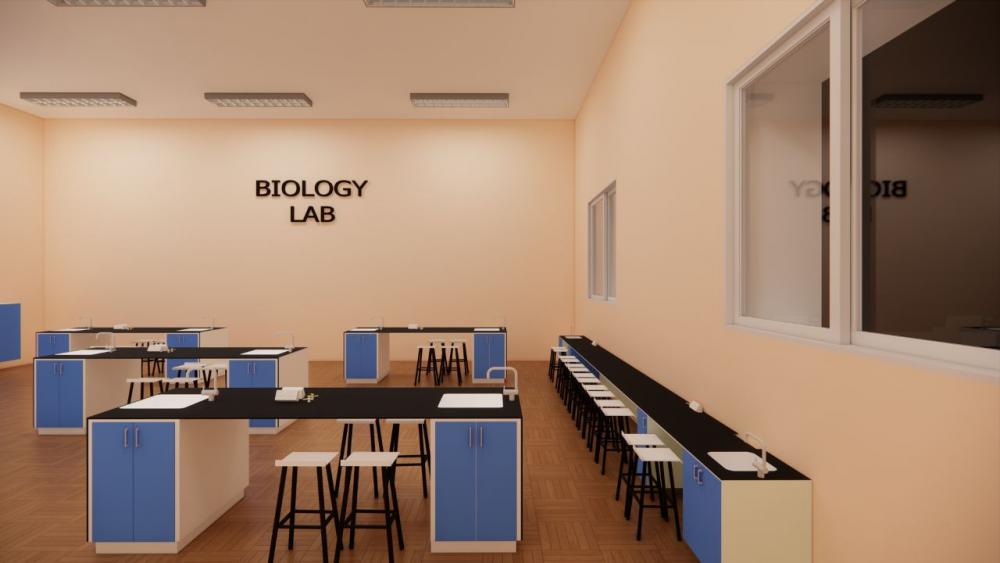
5. Furniture Installation
Lab Furniture:
- Installing sturdy workbenches and tables designed for biological research, equipped with necessary utilities (e.g., gas, water).
- Creating secure storage solutions (e.g., cabinets for reagents, shelving for supplies).
Seating Arrangements:
- Providing ergonomic seating to ensure comfort during extended periods of work.
- Arranging seating to promote collaboration and interaction among lab users.

6. Final Inspection and Quality Assurance
Compliance Checks:
- Conducting a final inspection to ensure all laboratory components meet safety and regulatory standards.
- Verifying that all equipment is operational and properly maintained.
Training and Orientation:
- Offering training sessions for staff and students on the proper use of equipment, safety protocols, and emergency procedures.
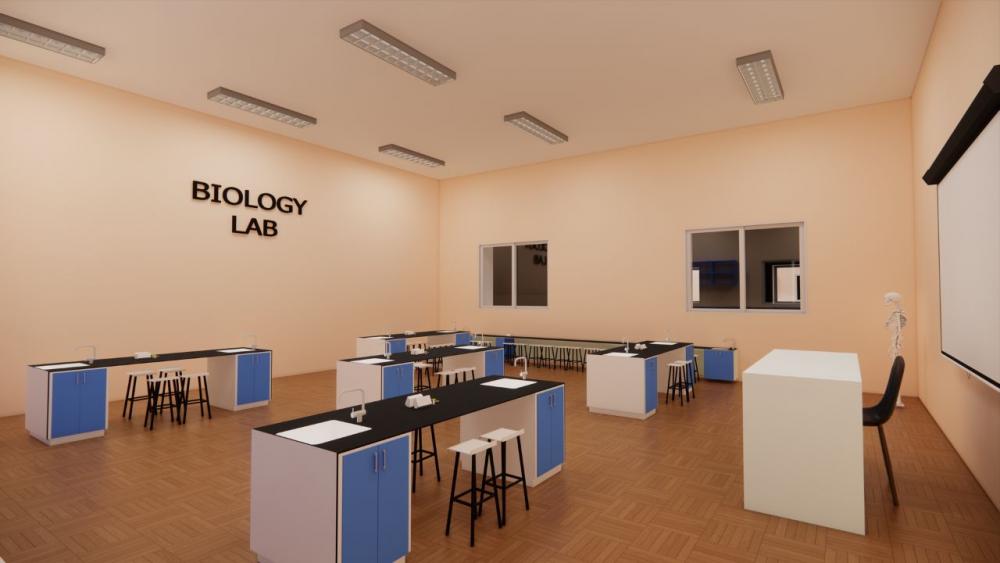
Conclusion
The successful construction and setup of a biology laboratory require meticulous planning and execution across all phases, from civil work to the installation of instruments and furniture. By focusing on safety, functionality, and compliance, the laboratory will serve as a vital resource for education and research in biological sciences.
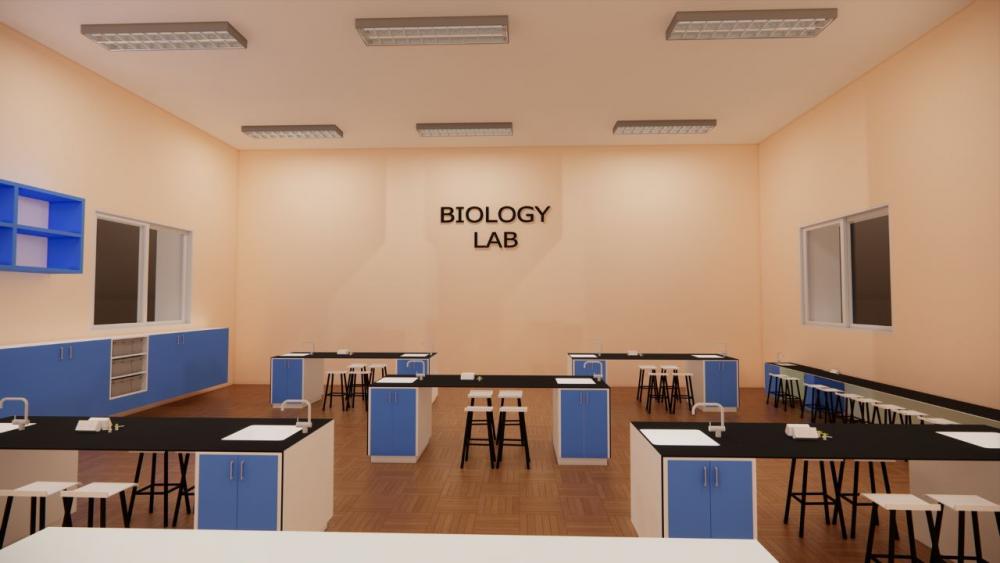
Ready to take your Biology Laboratory practical experience to the next level? Let’s get started on building your dream Biology Laboratory today!


